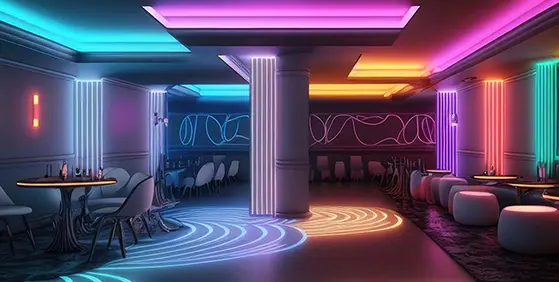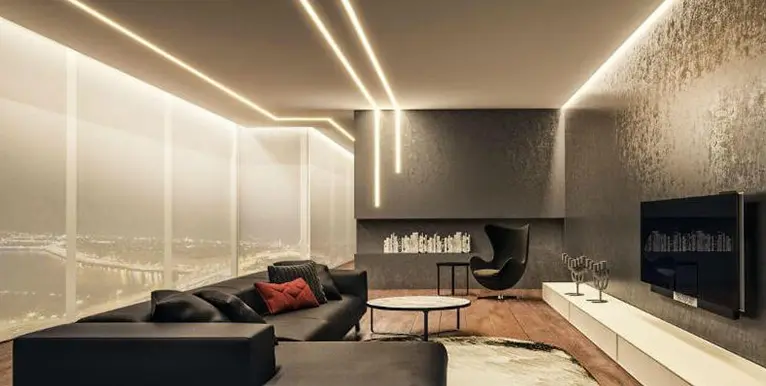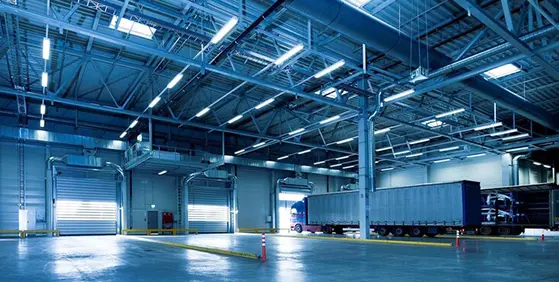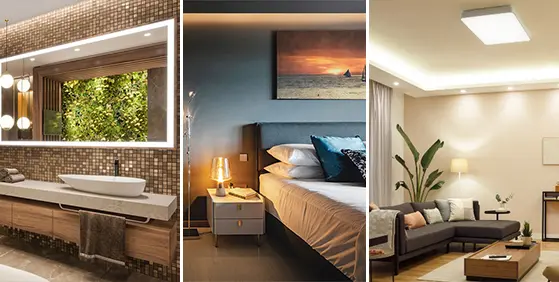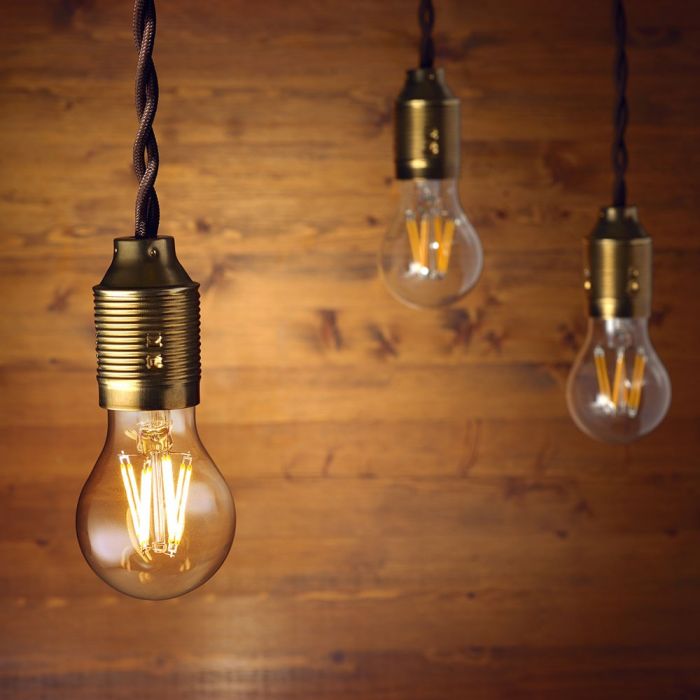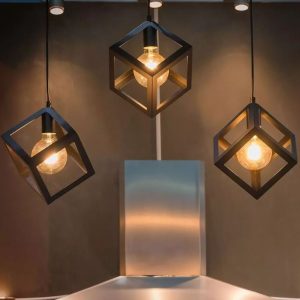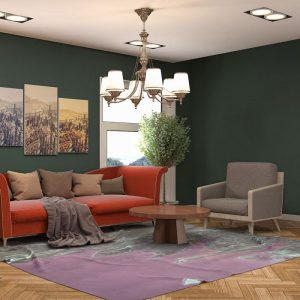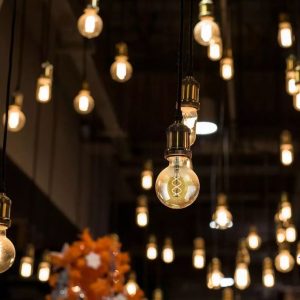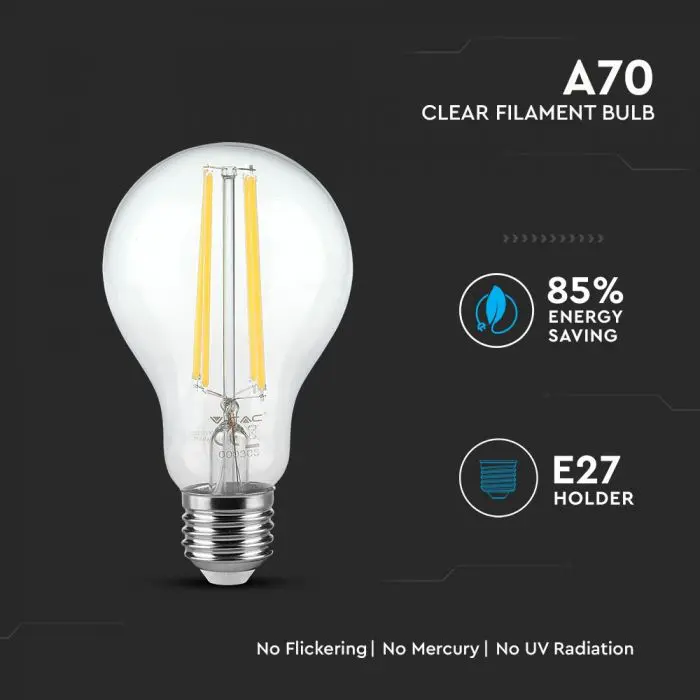Want to switch to using LED bulbs, but don’t really know how to get started? Use our handy guide to learn all about what LED bulbs are, the different types of LED bulbs and fittings, and how to choose the right type for your home.
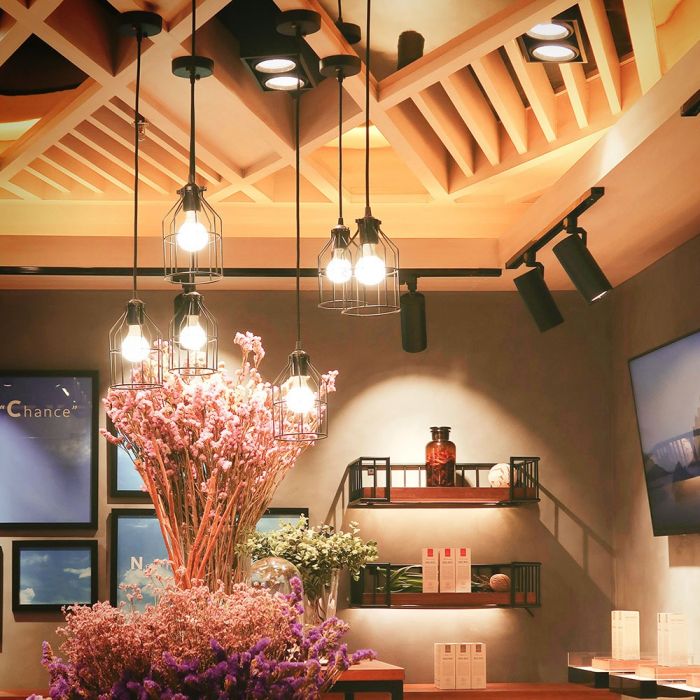
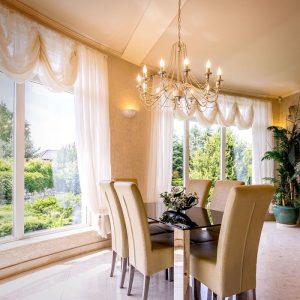
So, What is an LED bulb? The term LED stands for light-emitting diode. These bulbs are much more energy-efficient than traditional light bulbs and have recently exploded in popularity due to their environmentally friendly and versatile nature.
| Table of Contents |
What is the equivalent wattage for LED bulbs?
Traditional light bulbs usually use wattage to determine how bright they are, with more Watts indicating a brighter bulb. However, with new technology and many more types of bulbs now becoming available, this correlation has started declining. Comparing the brightness of new light bulbs, such as LEDs, to older light bulbs now requires something called equivalent wattage. It’s not perfect – the values are more of a rough estimate rather than a direct match, but it’s better than nothing!
LEDs vs Traditional Incandescents
| Traditional Bulb Wattage | LED Equivalent Wattage |
|---|---|
| 100 Watt | 10 Watt |
| 50 Watt | 5 Watt |
| 30 Watt | 3 Watt |
As you can see above, LED light bulbs usually use about 10% of the power needed to produce the same light level as traditional light bulbs.
LEDs vs Halogens
| Halogen Bulb Wattage | LED Equivalent Wattage |
|---|---|
| 100 Watt | 12 Watt |
| 50 Watt | 6 Watt |
| 30 Watt | 4 Watt |
LED light bulbs use just about 15% of the power used by Halogen light bulbs to generate the same amount of light.
LEDs vs CFLs
| CFL Bulb Wattage | LED Equivalent Wattage |
|---|---|
| 20 Watt | 12 Watt |
| 9 Watt | 5.5 Watt |
| 5 Watt | 3 Watt |
CFL bulbs (compact fluorescent light bulbs) were the first true energy-efficient alternative to both traditional and halogen light bulbs. However, as you can see above, LED light bulbs still manage to use less power to produce the same amount of light.
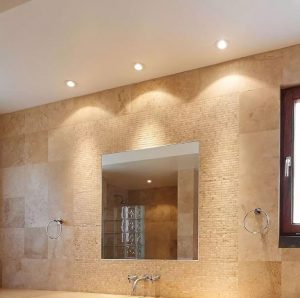
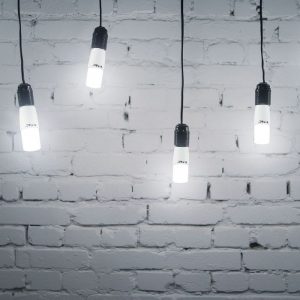
Lumens
If you’re after a more accurate light bulb brightness comparison, you can use Lumens! Lumens are a pretty new unit of measurement which focuses on the actual brightness of the light produced by light bulbs, rather than the power used. Take a look below to see the approximate conversion from Watts to Lumens for various light bulb types.
| Brightness in Lumens | Standard Bulb Wattage | Halogen Bulb Wattage | CFL Bulb Wattage | LED Bulb Wattage |
|---|---|---|---|---|
| 220+ | 25 Watt | 18 Watt | 6 Watt | 4 Watt |
| 400+ | 40 Watt | 28 Watt | 9 Watt | 6 Watt |
| 700+ | 60 Watt | 42 Watt | 12 Watt | 10 Watt |
| 900+ | 75 Watt | 53 Watt | 15 Watt | 13 Watt |
| 1300+ | 100 Watt | 70 Watt | 20 Watt | 18 Watt |
As expected, LED light bulbs are the most efficient at producing higher Lumens than other light bulbs, both traditional and modern.
How do I choose the right LED bulb?
Now that you know a little more about LED bulbs and how they compare to other types of bulbs, let’s move on to actually choosing the right LED bulb for your needs.
Warm or Cool?
When picking out your LED bulbs, you’ll need to decide whether you prefer warm or cool lighting. Colour temperature in bulbs is measured in Kelvin, with warmer bulbs measuring anywhere from 1,000K to 4,000K, and cooler bulbs measuring anywhere from 5,000K to even 10,000K. We recommend warmer lighting for rooms such as the bedroom or living room, and cooler lighting for bathrooms, garages, or workshops.
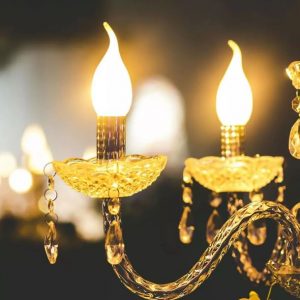
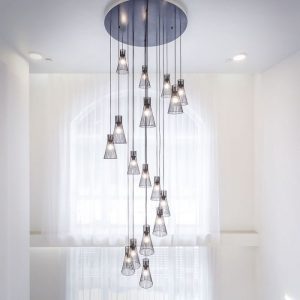
Standard or Smart?
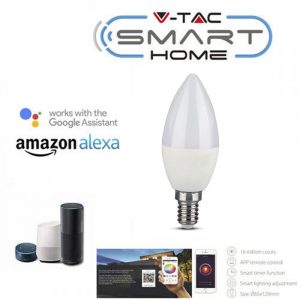
When shopping around for LED light bulbs, you may come across the term ‘smart bulb’. This usually means that the bulb is able to be controlled through a remote or an app on your phone. You’ll be able to change the colour of the light, and sometimes even control the brightness! Now, this type of light bulb isn’t for everyone – they’re usually a bit more expensive, and may not always be compatible with the fixtures in your home.
Size?
This might seem obvious, but LED bulbs come in many different sizes, depending on where in the home they’re meant to be used. To avoid purchasing the wrong size, try using the bulbs you already have in your home as a size reference.
What are the different LED bulb types and fittings?
There are lots of different types of LED bulbs and fittings, so you’re bound to find something that fits your needs perfectly! Below are just some of the types we have on offer:
- E27 Bulbs – These are the most common type of bulbs on the market, and can be used in lots of different rooms and fixtures. We offer them in lots of varieties, including standard, globe, candle, and filament.
- E14 Bulbs – These are the smaller versions of E27 bulbs, and usually fit into desk lamps and chandeliers. As with E27 bulbs, we sell them in a wide range of options.

- Vintage Bulbs – Our vintage bulbs are perfect for lovers of warm, cosy lighting! They create a lovely rustic atmosphere and can make for beautiful statement pieces due to their typically bigger size.

- Dimmable Bulbs – Perfect for those who want full control over the mood of the room, we offer dimmable LED bulbs that work either with dimmer switches or a remote.
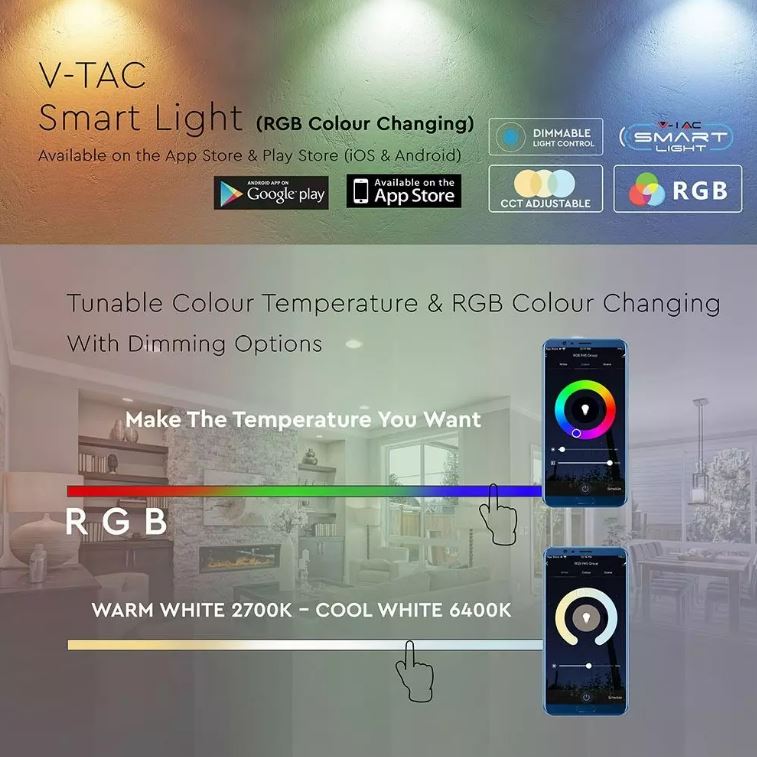
- Capsule Bulbs – These bulbs are compact and perfect for smaller fixtures that normally wouldn’t fit E27 or E14 bulbs. They’re pretty specific though, so make sure to double-check if they’re the right fit for you!
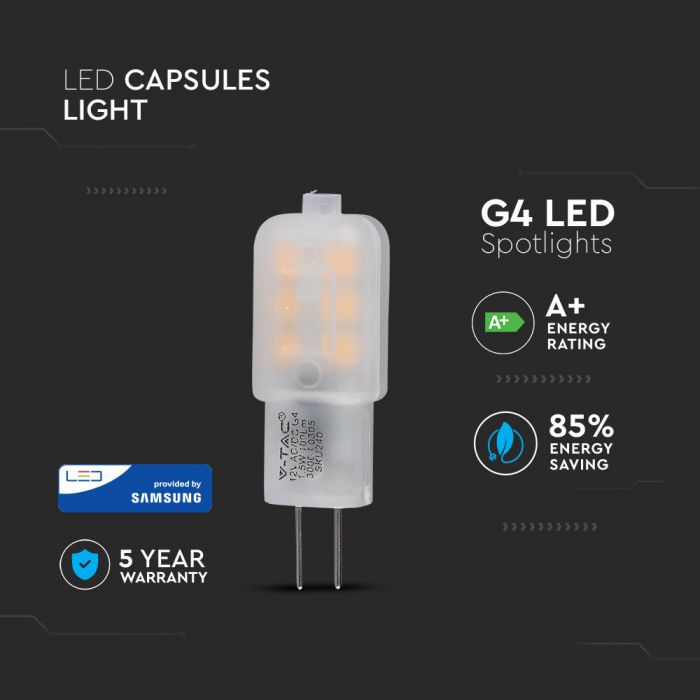
We could go on and on about the different types of LED bulbs, but we’d be here forever! If you’re keen to learn more, check out the full range of LED bulbs we have available.
FAQs
Are LED bulbs safe for the eyes?
In general, LED light bulbs aren’t any safer or more dangerous than regular light bulbs. Looking directly into any sort of light, especially for prolonged periods of time, can cause very serious eye damage. There are some studies that do show that LEDs emit blue light, which can cause eye strain, but you can easily combat this by purchasing bulbs with a warmer colour.
How long do LED bulbs last?
Most LED bulbs have a life span of about 50,000 hours, which can equate to about 10 years. Their life span can be shortened by improper use, too high voltage, installing them into incompatible fixtures, or having bad contacts that cause the bulb to overheat.
Do LED bulbs get hot?
So between traditional bulbs and LED bulbs, how hot do LED bulbs get? LED bulbs generally run a lot cooler than traditional bulbs, but they can still get hot. If installed properly, this won’t cause any safety issues or affect the bulb’s lifespan.
How much power do LED bulbs use?
Compared to traditional incandescent light bulbs, LED light bulbs use up to 90% less power to produce the same amount of light. A 10 Watt LED bulb can usually produce about 700 lumens of light.
Can you replace Halogen bulbs with LED bulbs?
Absolutely! Just make sure to use the old Halogen bulbs as a size and shape reference when purchasing your new LED bulbs.
What LED bulb colours are available?
LED bulbs range in colour from very warm, almost yellow, to very cool, blue-tinted. You can determine what colour you’re buying based on the Kelvin of the bulb – 1,000K to 4,000K will be warmer, while 5,000K to 10,000K will be cooler.

